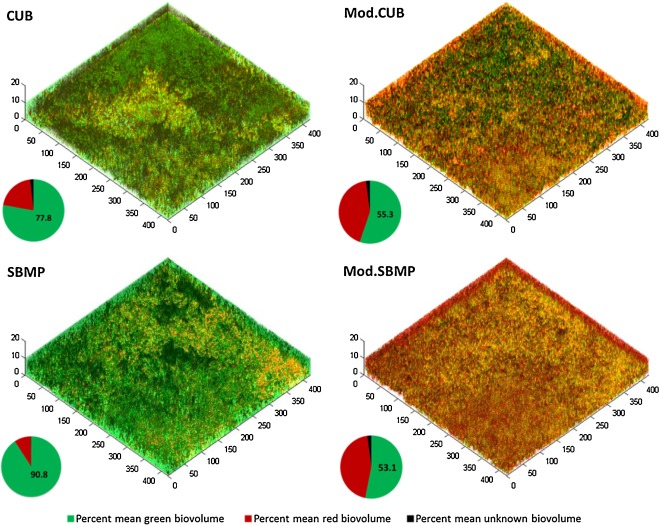The purpose of this study was to incorporate EgMA, an antibacterial monomer into two commercial dental adhesive systems for their application in endodontic restoration with the aim to disinfect the root canal space before curing and to inhibit bacterial growth on their surfaces after being cured.

